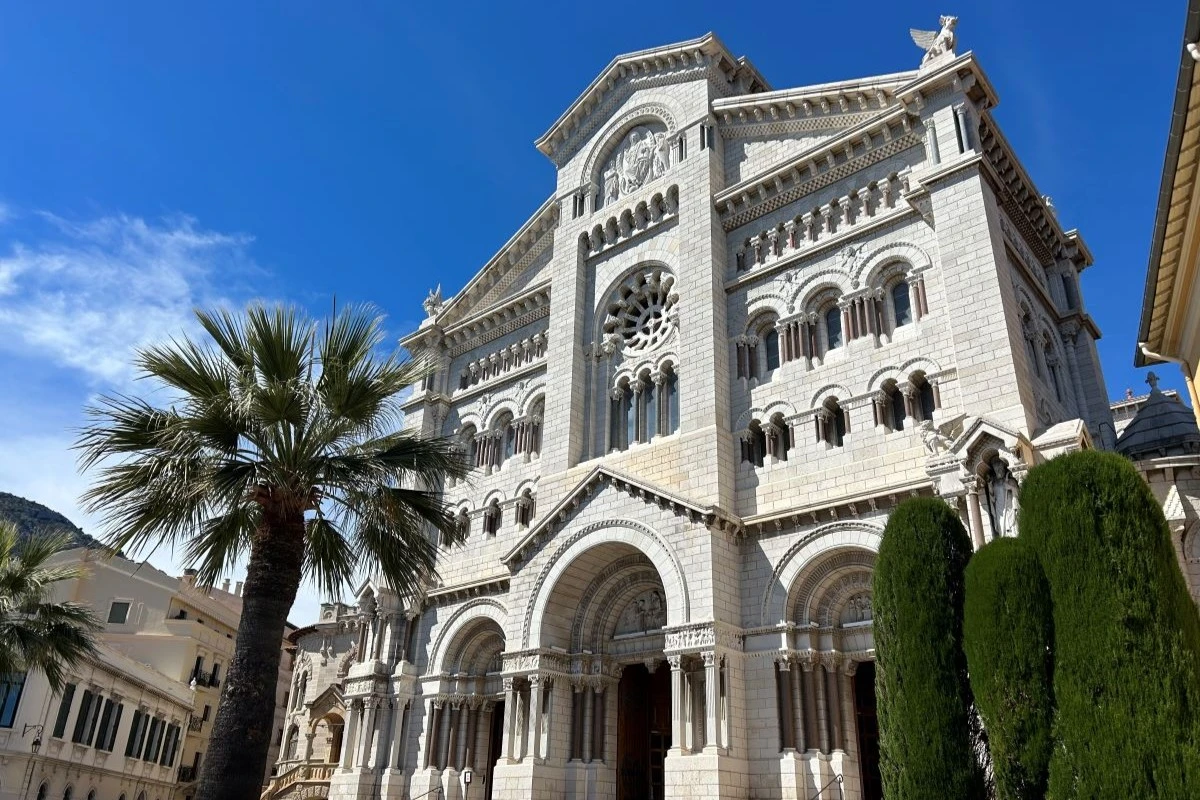Monaco has been inhabited for more than 300,000 years, but Monegasque history and heritage really took off when the ruling Grimaldi family came to power in 1297. Here are some of the most important sites to visit in the Principality if you want to really delve into its history.
There is far more to see in the Principality that the glamourous Casino de Monte-Carlo or the Palais Princier de Monaco, but many of the fascinating sites we explore here are often overlooked by tourists.
Starting off on the side of Le Rocher that neighbours the Port of Fontvieille, there’s the Palais de Justice, which was inaugurated in April 1930. It was designed by architect Fulbert Auréglia, who chose for the magnificent courthouse a medieval style façade.
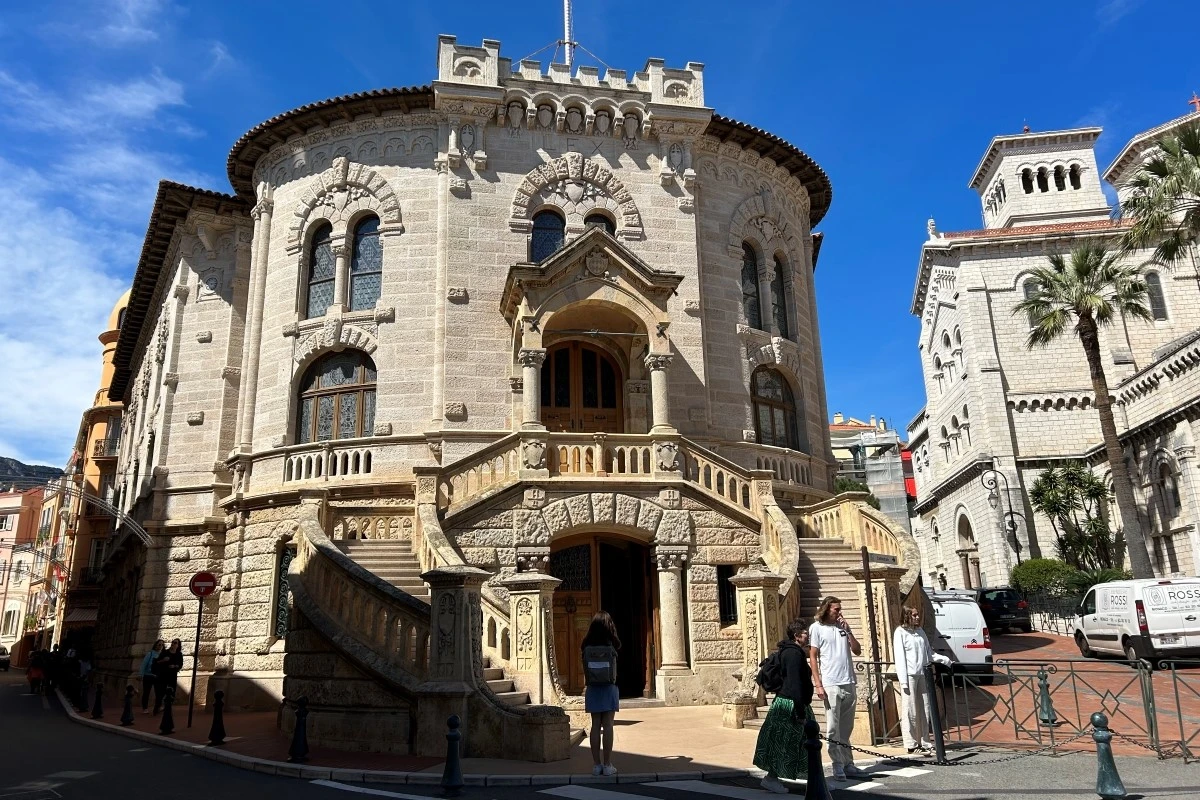
Right next to the Palais de Justice, one can find the Cathédrale Notre-Dame Immaculée de Monaco, a Romanesque-Byzantine edifice built in 1911. This sacred cathedral houses the tombs of Prince Rainier III and Princess Grace, among others from the Princely family. As an emblem of Monegasque identity, the cathedral plays a key role in Monegasque traditions.
Remaining on the theme of religious sites, the Chapelle de la Miséricorde, also located on the Rock, is a must-visit for Baroque enthusiasts. Built in 1639 for the Brotherhood of the Black Penitents, a Christian movement dating back to the 4th century, the marble-lined chapel houses a number of important religious paintings and sculptures.
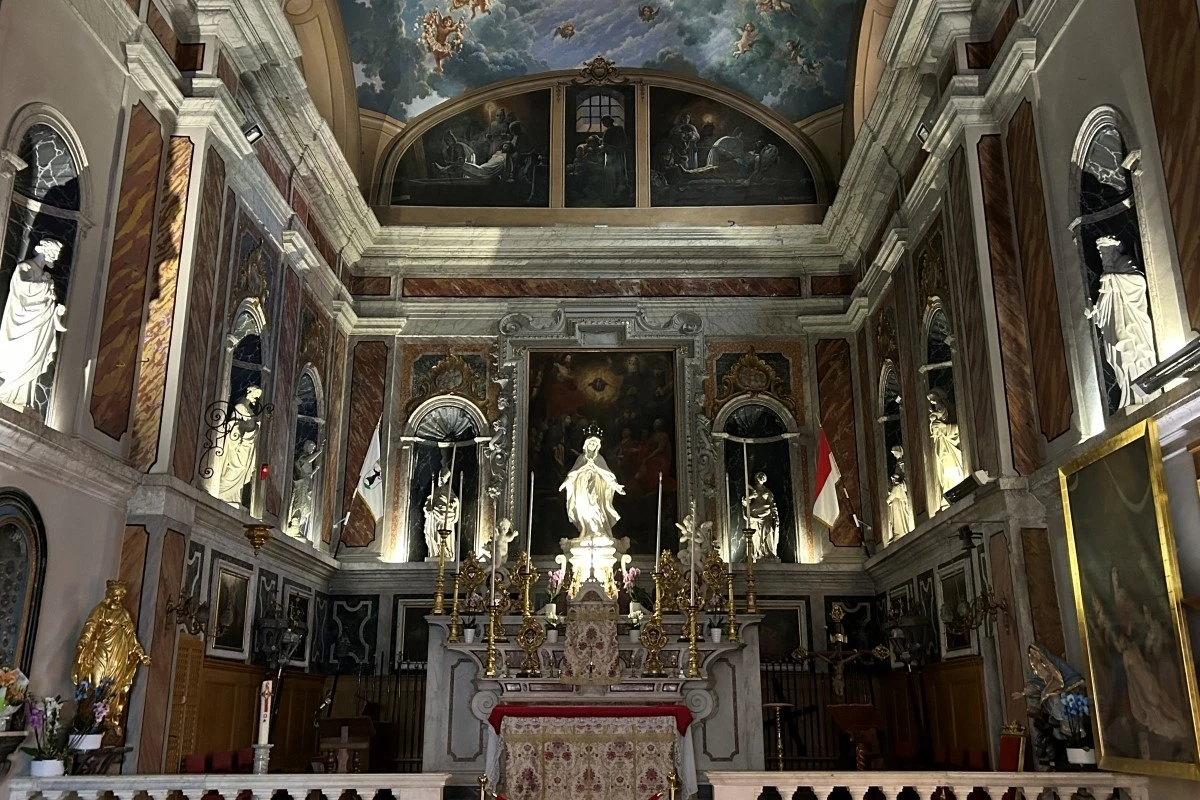
A fortress was necessary in the past to protect the citadel from invasions, and this is exactly what Fort Antoine was used for. It was built early in the 18th century and was later renovated to become an open-air theatre by Prince Rainier III in 1953.
Now it is used for various cultural events and is particularly nice to visit in the summertime.
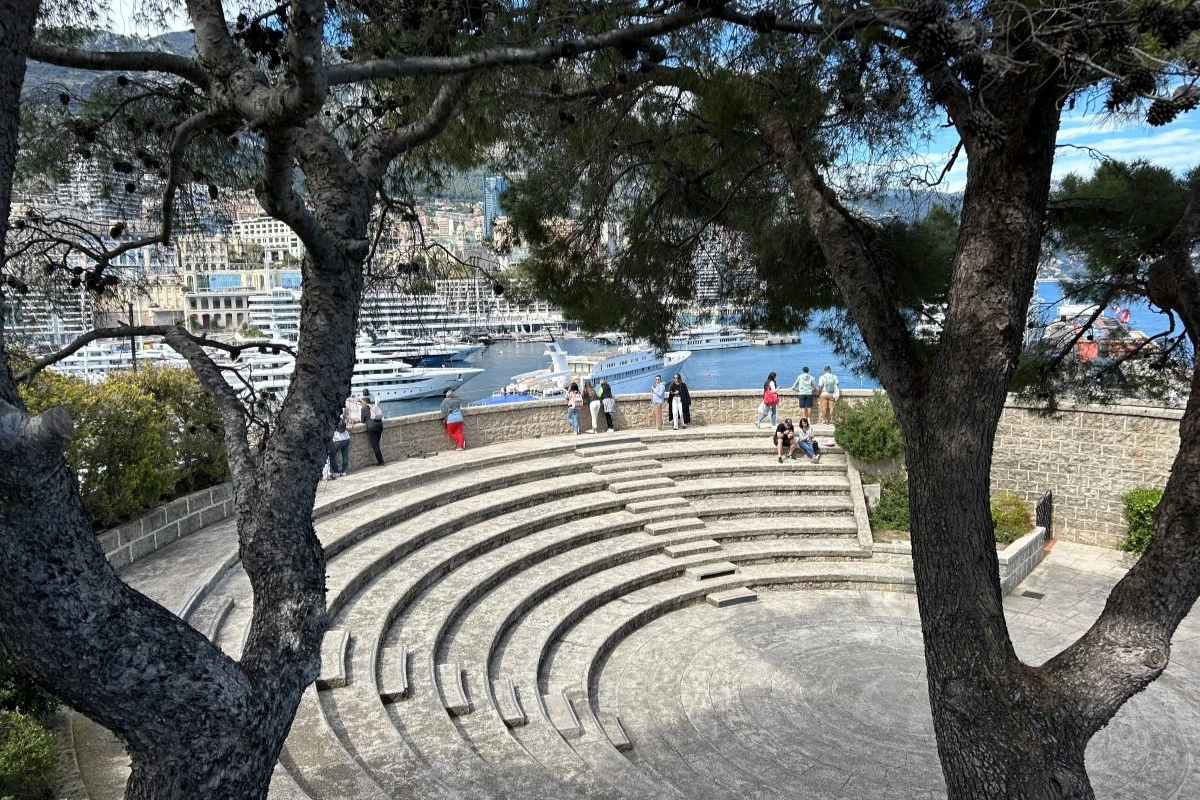
See more: Getting to know Monaco: Le Rocher, The Rock of Monaco
Another cultural highlight on the Rock is to be found near the Palais Princier: the Princess Grace Irish Library. It was opened in November 1984 by Prince Rainier III in honour of his wife, and is a celebration of her Irish roots. This is where you can find the first edition of James Joyce’s masterpiece, Ulysses, as well as over 12,000 books on the history of Irish literature. Throughout the year, the library hosts various lectures and events in promoting Irish heritage.
Down in Port Hercule, the Église de Sainte-Dévote dates all the way back to 1070, and is an integral part of Monaco’s formation and history as it is dedicated to Monaco’s patron saint, Sainte Dévote. Commemorated in late January each year, the religious events and processions surrounding the saint are focused on this church.
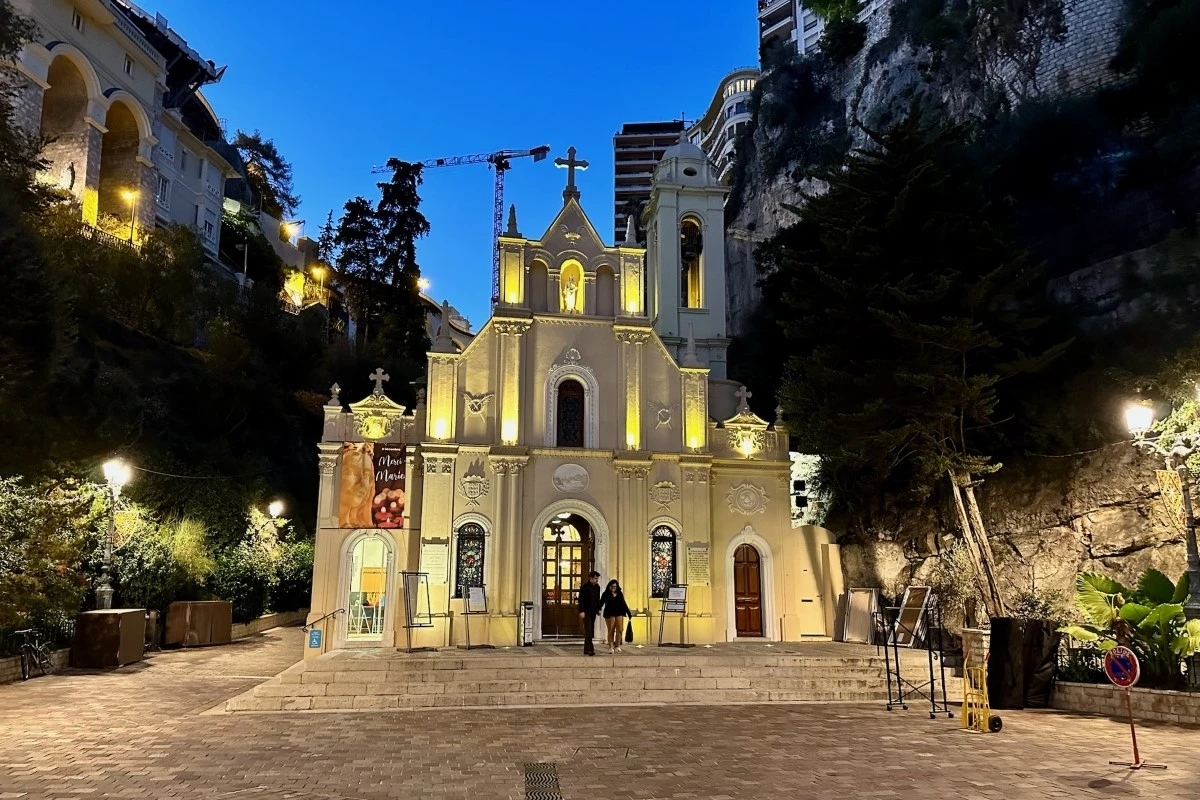
Above the Larvotto district, there is the neo-classical Carmelite Chapel. This community traces its roots in Monaco to the 18th century, and the current church, which is dedicated to Saint Thérèse of Lisieux, was completed in 1913. It houses religious art and historical exhibits on the Carmelite community in Monaco.
There’s an exciting reopening in 2024 as the Musée du Vieux Monaco will open its doors again. This museum was set up by the Comité National des Traditions Monégasques, which was created in 1924 by representatives of Monegasque families. The goal of this museum is to preserve Monegasque heritage by showcasing a range of paintings, furniture pieces and other personal objects synonymous with Monegasque traditions.
Read related:
Join the Monaco Life community – sign up for the Monaco Life newsletter, and follow us on Threads, Facebook, Instagram, LinkedIn and Tik Tok.
Main photo: The Cathédrale Notre-Dame Immaculée de Monaco, photo by Monaco Life
